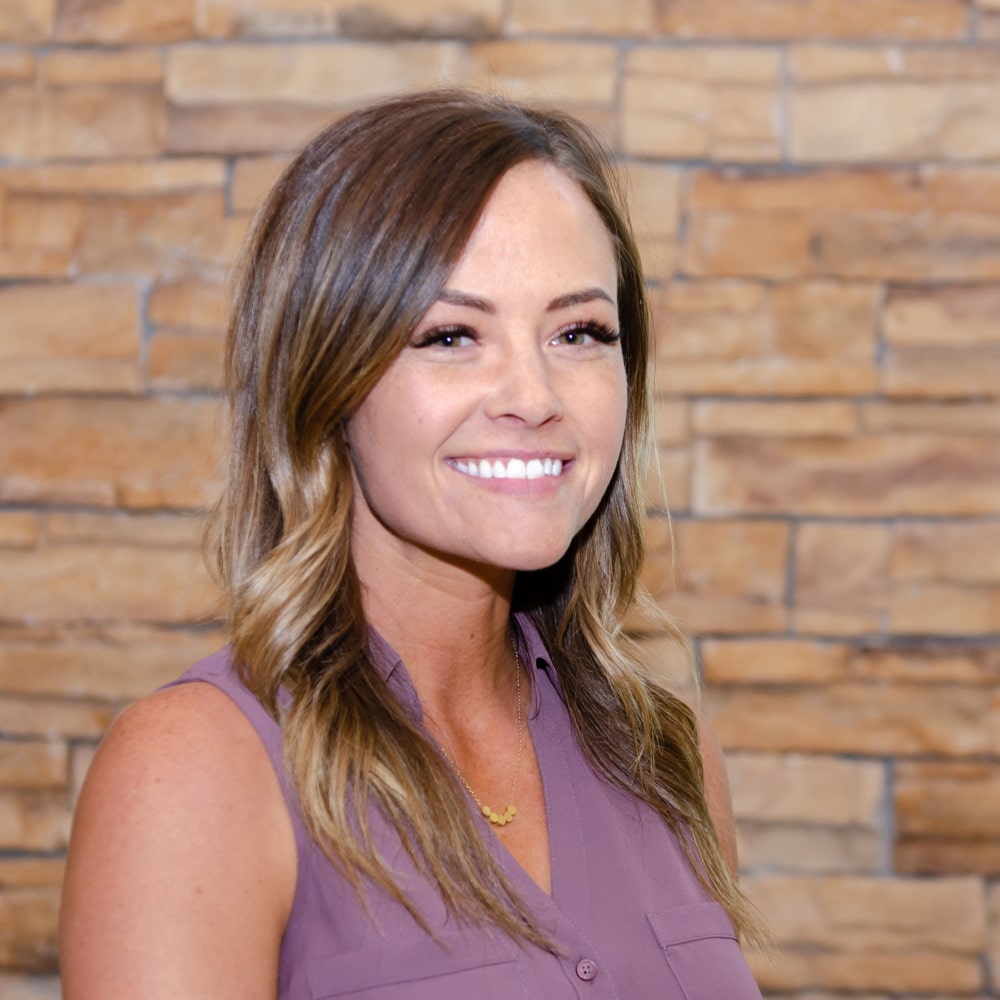5 Tips for Convincing Senior Leadership to Invest in EHS Software

The key is to frame the conversation in terms that make sense to your senior leaders. Here are five tips to help you make the case for EHS software.
1. Find a spot for EHS Software in the "big picture."
The first step is determining what's most important to the budget holders. Check out the company's mission or value statement to pinpoint the overall direction of the company. Listen to what your superiors are talking about in meetings and conversations. Once you know what's most important to the budget holders, determine how EHS software fits that goal.
If innovative ideas are the motivating factor, then talk about the new processes, time savings, and improvements EHS software can bring to the safety program—giving each employee more time to think about things other than safety.
If corporate culture is a top priority, then frame your discussion around how giving each employee direct access to your safety program via a mobile app shows that safety is a top priority.
If cutting costs is the focus, look for metrics that could translate into cost reduction.
If your organization's goals seem to be all over the place—looking at reducing the total cost of risk is an excellent framework for any business decision.
What is the Total Cost of Risk?
This measures the total costs associated with all aspects of an organization's operations related to risk - including insurance premiums, taxes, and fees, and direct and indirect costs that accumulate slowly over time and often get overlooked in risk calculations, such as:
Direct costs:
- Deductibles
- Property damage
- Sick leave
- Salary
- Administrative work
- Legal fees
- Uninsured losses
- Medical costs
Indirect costs:
- Culture degradation
- Training/retraining
- Absenteeism
- Job coverage
- Turnover
- Reputational damage
- Overtime
- Morale disruption
2. Find an EHS software champion.
Once you've found a way to align an EHS software purchase with the company's top priority, it's time to share your idea—but don't start at the top. At this stage, you're looking for two key people:
- 1. One should be a person you trust who will listen to your proposal, tear it apart, and help you rebuild it better and stronger.
- 2. The second is your champion. This individual should be a key influencer within your organization who believes in your project.
3. Narrow your focus.
Now is a perfect time to find an EHS software solution if you haven't already. Look for one that fits your program's needs and have a conversation with your provider of choice—they can share valuable insights into their solution, give you an estimated cost, and provide critical data points to help you in the next step.
4. Make your case.
Once you have a proposal built on the foundation of what's essential to the top brass and you have a champion—it's time to take your proposal to the top. It's important to understand the norms surrounding adding expenses to the budget and sticking to them. If there's an annual budget meeting, make sure you're invited. If it comes down to having a conversation with the budget holder(s), ask for time in the next appropriate meeting. Whatever the format is, bring your champion and make your case.
When you're laying out your request, be sure to stick to the big picture, bring the numbers, and ask for what you need.
5. Follow up.
Depending on the outcome, it's time to take action:
If your proposal is accepted, it's time to choose a suitable EHS solution and involve the designated team in the decision-making process. After implementation, share key successes and wins to reinforce the value of your decision.
If more information is requested, gather the required data quickly to show your dedication and the importance of EHS software for your safety program.
If your proposal is declined, don't be disheartened. Look for opportunities to find compelling data and wait for the right moment to reintroduce the conversation.
Getting senior leadership on board with EHS software may seem daunting, but it doesn't have to be. By framing your proposal in a way that aligns with their priorities, finding a champion, and making a compelling case backed up by data, you can convince your company to invest in EHS software and create a safer, more productive workplace for your employees.
Related
Sponsored Content
About the Author

Jade Brainard
KPA
Jade is the Senior Director of Product Management at KPA with 17 years of experience in B2B markets. Jade is a seasoned SaaS technology professional who has a true passion for solving complex business challenges and driving customer satisfaction through innovative software solutions. She’s a hands-on leader known for her strong communication skills and her unwavering focus on aligning product strategies with business objectives. Jade is here to share her insights on a critical topic, getting safety to the front lines.

